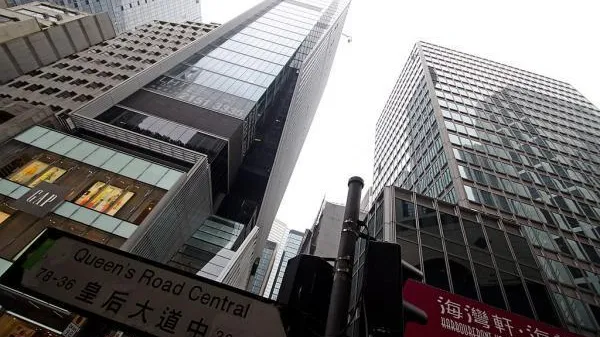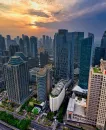
Why Hong Kong’s office vacancy has now hit 30-year highs
The overall vacancy rate is at 12.6% as of Q2.
In recent years, vacancy in Hong Kong Grade A offices has reached historically high, both in the overall market and some decentralised submarkets. According to JLL, by the end of 2Q23, the overall vacancy in Hong Kong sits at 12.6%, the highest level since the 1990s.
Here’s more from JLL:
Delving deeper into the underlying causes of the high vacancy rate, it becomes evident that the past five years have been tumultuous for Hong Kong. The civil unrest in 2019 and the subsequent COVID-19 pandemic have profoundly impacted the business landscape, prompting many corporations to adopt cost-cutting measures or even scale down operations. Demand for office space has significantly contracted amidst a major economic downturn in the city, leading to a surge in vacancy rates.
On the supply side, approximately 5 million sq ft (NFA) of new supply entered the office market in 2022 alone, adding to the pressure on the already high vacancy rates. In addition, roughly 10 million sq ft of new supply is expected to be delivered staggeringly between 2023 and 2027.
While the influx of new supply may exacerbate the current vacancy situation, there are also reasons to believe that the introduction of new builds will bring positive changes in the long run.
Breaking down office vacancy by building age reveals a distinct “two-tier” pattern. The newest and oldest groups of office buildings tend to have the highest vacancy rates. This indicates potential for older buildings to revamp and redevelop and get rid of outdated specifications, limited amenities and less attractive features that may no longer meet the evolving demands of tenants. On the other hand, the high vacancy situation for new supplies would be temporary as the market will gradually absorb the new space. In the long run, new supply can also help re-vitalize the market.
New buildings play a crucial role in catalysing the development of an office hub. A successful example is Quarry Bay, where Swire Properties’s presence transformed the area into a thriving commercial hub. Moreover, there are promising signs that we might witness the rise of new office hubs on the Kowloon side. Notably, Cheung Sha Wan and West Kowloon are emerging as potential office hubs.
Developers with a strong presence in these areas, such as New World and Sun Hung Kai Properties, have ambitious plans to develop modern office complexes and create integrated environments that foster collaboration and innovation. As these developments take shape, they will likely attract businesses, talents, and investments to Kowloon, diversifying the city’s office market and fostering a more balanced and interconnected business landscape.
In conclusion, new buildings can help to revitalise the office market and serve as catalysts for long-term development. They can facilitate the upgrading of older buildings and contribute to the development of business hubs. While high vacancies pose a short-term challenge, the vacant space will likely be absorbed as the economy recovers over time.



















 Advertise
Advertise




